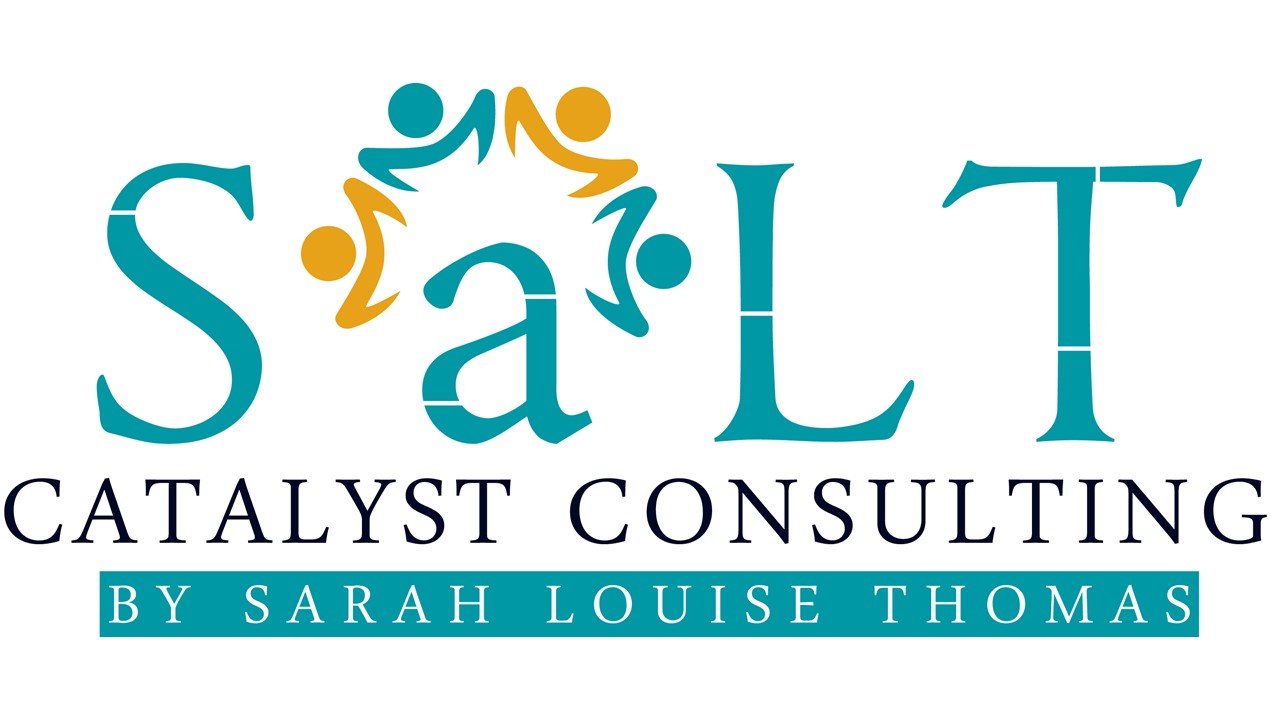Nature abhors a vacuum.
Empty space sucks up stuff indiscriminately. This is great news for dealing with dust, not so good for dealing with people. With people, vacuums are present when things are left unspoken or without clarity, then stories inevitably fill in that void. In relationship, particularly the important ones, the presence of a vacuum creates lots of space to suck in a good, juicy story. “Truth” is usually not the protagonist in a good juicy story.
A major challenge with this very human, story-telling phenomenon is that our narratives can often be unknowingly deceptive.
Here are just a few reasons why our narratives can be deceptive and are best held at arms length:
Stories are based on our experience - our past is uniquely ours and flavoured through the lens of our emotion - therefore our stories wont often make sense or apply to how the other person sees and makes sense of the world.
Stories often evolve to soothe distressing feelings -- guilt, fear anger, sadness anxiety, pick your poison. Warning: the human process for self-soothing is very creative with facts.
Stories are exceptional motivators. Being motivated in relationship is usually only productive when people are working from the same set of facts. Never mind that another person's motivation will almost always remain hidden. The thing you see and experience will be behaviour, not motive.
Here’s another challenge – our own stories are often hidden from us; heavily camouflaged in the foliage of our day-to-day. Our stories are just part of how we each make sense of the world. Creating stories is largely how the human brain works so efficiently with so much information and complexity. The trick is to work informed by our stories, not driven by them.
So now what? Consider trying out these suggestions any time it’s possibly you’re jumping to conclusions or you’re working from a particularly juice story (we’ve all been there):
1. Name and hold space for what might be unknown to you and the other.
2. Make time to pull apart and organize your experience: what are you feeling? What are you thinking? What are you wanting?
3. Check your assumptions: ask yourself the question: if I could step outside myself and view this situation from a position of neutrality, how might i see this differently? What might shift? What else might I notice?
And what else? Hire a coach!
Partnering with a coach is a good way to get curious about the hidden stories we carry with us and how these might be impacting the one great life. The EQ in Action assessment in one of many tools I use for teasing out what stories might be floating underneath the surface of those I work with.
Why not now? Every November I donate 10% of earnings to my local food bank. If you've considered working with a coach, why not now?


